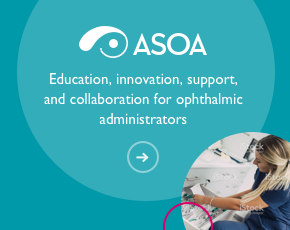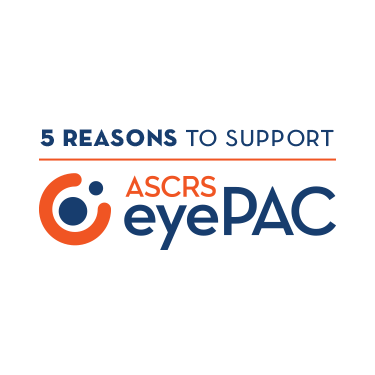This content is only available to 2024 ASCRS Annual Meeting physician registrants
To log in, click the teal "Login" button in the upper right-hand corner of this page. If you are logged in but still do not have access, please check your 2024 Annual Meeting registration.


